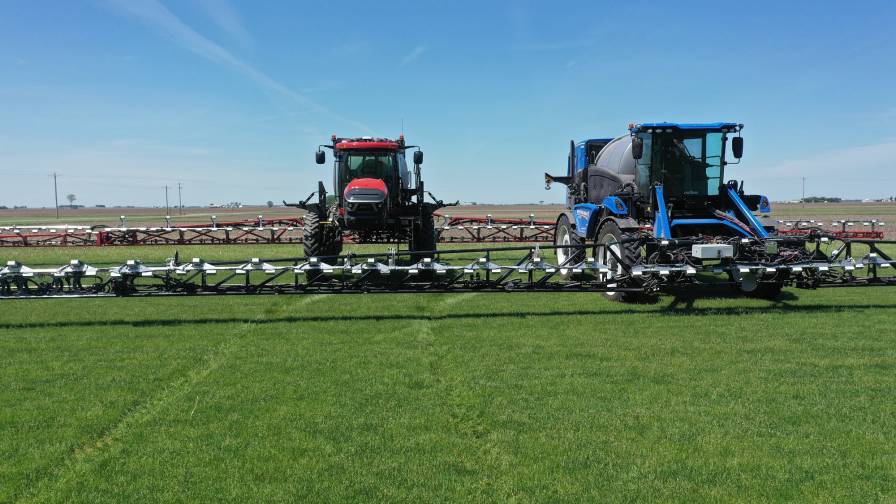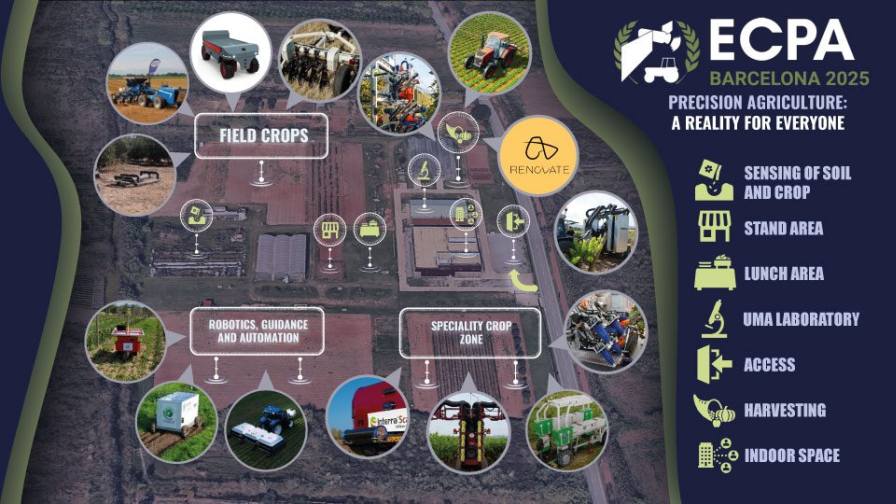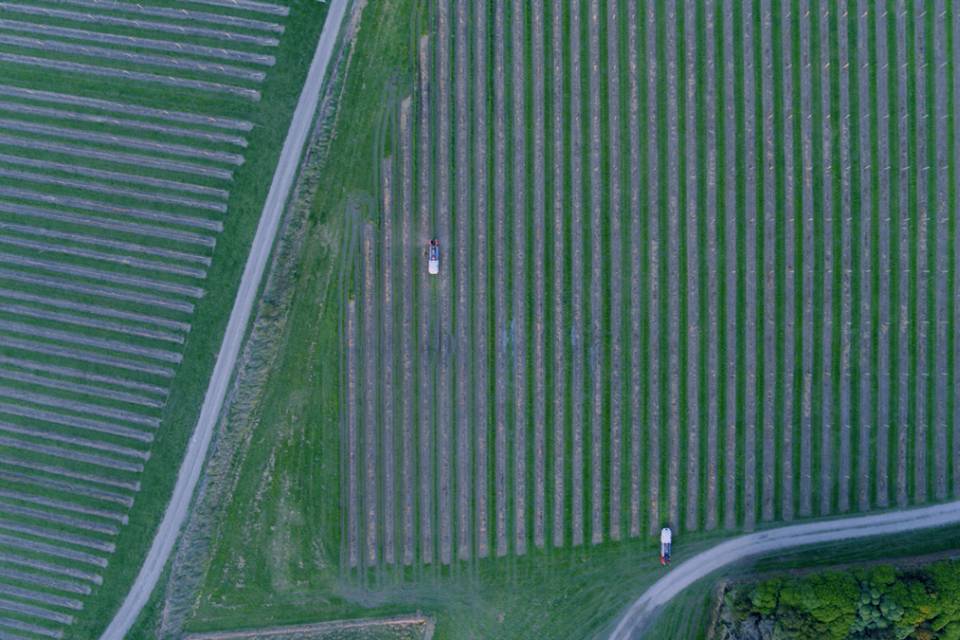China: Spring Planting Boosted by Satellites, New Ag Tech
From the prospect of space seeds improving yields to satellite-guided fertilization of soil, farmers across the country are turning to advanced technology to ensure smooth planting this spring, report Tian Xuefei and Zhou Huiying at China Daily.
In recent years, northeast Heilongjiang province has focused on scientific and technological innovation, to improve its agricultural intelligence and methods. Farmers have also taken advantage of new digital technologies to boost grain output and help guarantee national food security.
In early March, at No 290 Company of Beidahuang Group, a large State-owned enterprise, technicians began testing agricultural machinery in preparation for spring planting.
When Xu Jianguo, 59, saw two new rice planters he was optimistic about another bumper harvest this year.
MORE BY CHINA DAILY
Bayer Will Continue to Support Green and Digital Development of China’s Agriculture
“The planters are equipped with the Beidou Navigation Satellite System, which makes planting more uniform and enables more efficient utilization of limited land,” he said.
“The precision fertilization system on the planter can accurately apply fertilizers at multiple depths near the roots of rice seedlings during the rice transplanting stage. At various growth stages there will be sufficient nutrients available to promote vigorous growth of the seedlings.”
Given the region’s climate, the best time for transplanting rice to ensure a good harvest is from the middle of May to early June.
Xu, who has worked the land since 1995, said many farmers in the province are benefiting from the new technology.
“The machines can help us save a lot of time, and allow us to seize the best planting opportunities,” he said. “With the help of modern agricultural technology and machinery, rice transplanting can be completed about three days earlier, saving about 20,000 yuan ($2,720) in labor costs.”
Read more at China Daily.









